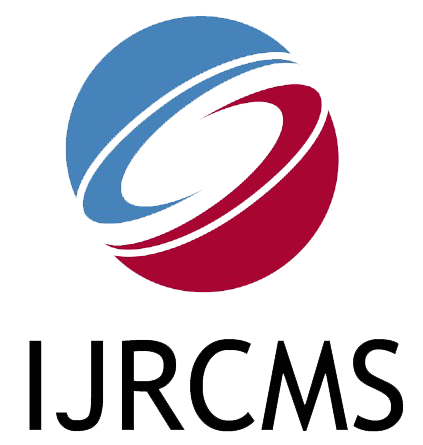| Title: EXPLORING TOURIST RESPONSE TO FRIENDLY ENVIRONMENTAL DESIGN AND PERCEIVED VALUE ON TOURIST VISITATION INTENTION OF ADULT-CHILDREN TRAVELING WITH THEIR PARENTS |
| Authors: Jiin-Ling Lin and Ren-Fang Chao |
| Abstract: The purpose of this study is to explore the travel decision-making of a specific type of traveler, adult-children, and their aged parents. The study examines the impact of an age-friendly environment and perceived value on the tourist’s travel intention. The results show that in addition to the significant impact of perceived value on tourism intentions, age-friendly environmental design has also been confirmed to play a mediating role between the above two dimensions. This phenomenon indicates that good age-friendly environmental design is indeed a key factor in adult-child and parent travel decision-making. |
| Keywords: Friendly Environment, Perceived Value, Travel Intentions, Mediation Effect |
| DOI: https://doi.org/10.38193/IJRCMS.2023.5301 |
| PDF Download |
| References: [1] Ajzen, I. (1991). The theory of planned behavior. Organizational Behavior and Human Decision Processes, 50(2), 179-211. [2] Ajzen, I., & Fishbein, M. (1975). A Bayesian analysis of attribution processes. Psychological Bulletin, 82(2), 261-277. [3] Amuthavalli Thiyagarajan, J., Mikton, C., Harwood, R. H., Gichu, M., Gaigbe-Togbe, V., Jhamba, T., Pokorna, D., Stoevska, V., Hada, R., Steffan, G. S., & Diaz, T. (2022). The UN Decade of healthy aging: strengthening measurement for monitoring health and wellbeing of older people. Age and Ageing, 51(7), afac147. [4] Baker, W. E. (1990). Market networks and corporate behavior. American Journal of Sociology, 96(3), 589-625. [5] Baron, R. M., & Kenny, D. A. (1986). The moderator-mediator variable distinction in social psychological research: Conceptual, strategic, and statistical considerations. Journal of Personality and Social Psychology, 51(6), 1173-1182. [6] Blusi, M., Asplund, K., & Jong, M. (2013). Older family carers in rural areas: experiences from using caregiver support services based on Information and Communication Technology (ICT). European Journal of Ageing, 10, 191-199. [7] Chang, C., & Dibb, S. (2012). Reviewing and conceptualizing customer-perceived value. The Marketing Review, 12(3), 253-274. [8] Chen, P. T., & Hu, H. H. (2010). The effect of relational benefits on perceived value in relation to customer loyalty: An empirical study in the Australian coffee outlets industry. International Journal of Hospitality Management, 29(3), 405-412. [9] Chen, R., Xu, P., Song, P., Wang, M., & He, J. (2019). China has a faster pace than Japan in population aging in the next 25 years. Bioscience Trends, 13(4), 287-291. [10] Darcy, S., McKercher, B., & Schweinsberg, S. (2020). From tourism and disability to accessible tourism: A perspective article. Tourism Review, 75(1), 140-144. [11] Davern, M., Winterton, R., Brasher, K., & Woolcock, G. (2020). How can the lived environment support healthy aging? A spatial indicators framework for the assessment of age-friendly communities. International Journal of Environmental Research and Public Health, 17(20), 7685. [12] Fishbein, M., & Ajzen, I. (2010). Predicting and Changing Behavior: The Reasoned Action Approach. New York, NY: Psychology Press. |
International Journal of Research in Commerce and Management Studies (IJRCMS)
ISSN 2582-2292, An open access bi-monthly e-journal
